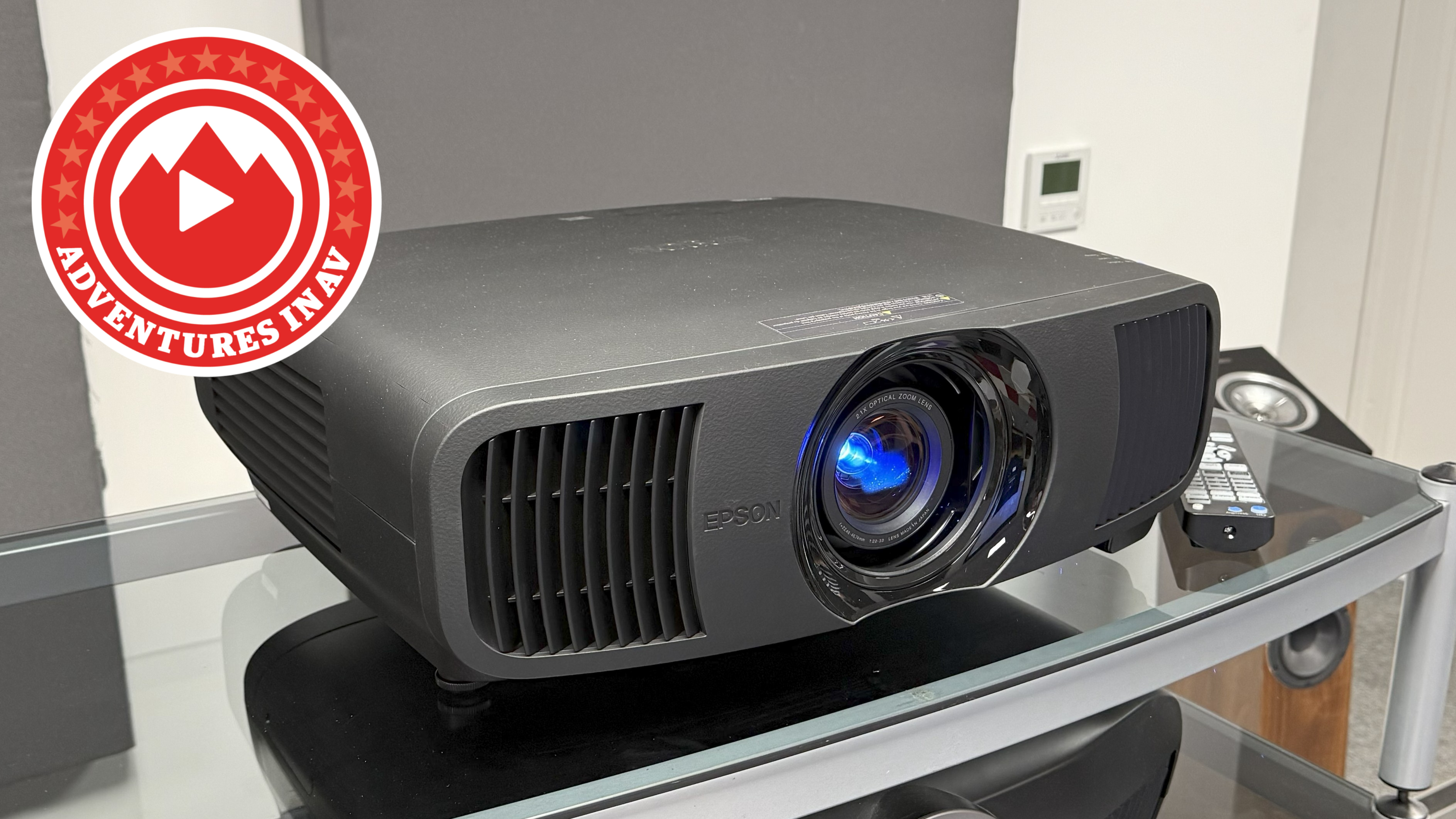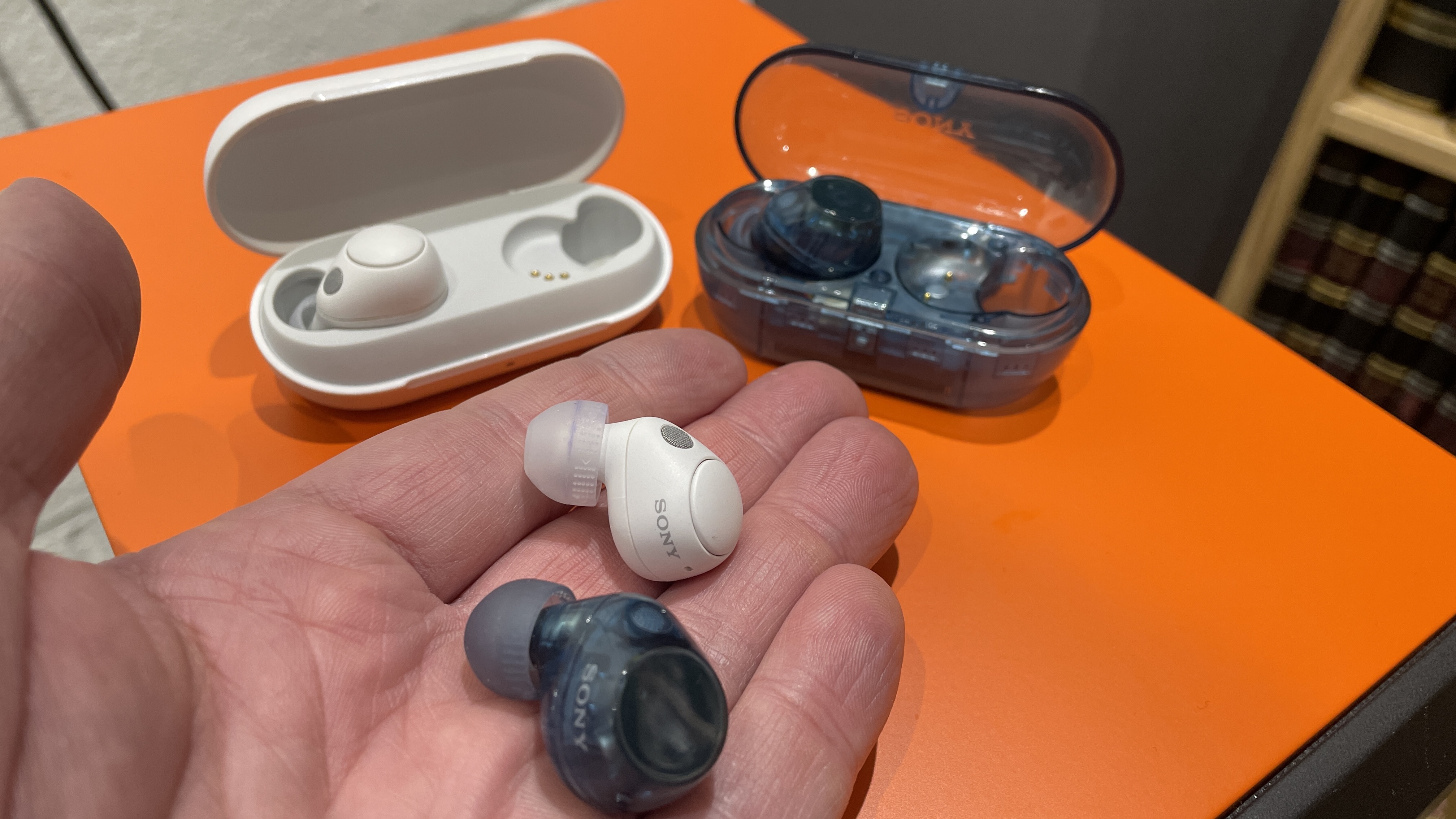I've tested a bunch of 4K projectors for the What Hi-Fi? Awards – and it's taught me an important lesson about pixel shifting
It may not be native, but it's got a whole lot better recently

It's been all hands on deck for Team AV here in the What Hi-Fi? home cinema testing room, as our highly coveted annual Awards list is less than a week from being revealed.
Among those lists will be the very best projectors, which have captured our attention thanks to their supreme talent when it comes to delivering truly cinematic images.
We've tested projectors from almost every brand imaginable, including Sony, Epson, Hisense, BenQ and Xgimi, and even some newcomers to our home cinema testing room, such as Valerion and Wanbo.
I'll refrain from spoiling the outcome – you'll need to check back on the 14th of October to see the full list of Best Buy winners. Until then, I will share an outcome of the testing process, which is indicative of the wider projector market.
It's all about pixel shifting 4K, which just a couple of years ago was seen as a bit of a dirty term in the world of projectors.
4K projection has always been achieved through two different means, and one has (and likely will continue to be) regarded as the better option. That's native 4K, which is often found on higher-end projectors such as the Sony Bravia 8 Projector and JVC DLA-NZ800.
These premium beamers output the full 4096 x 2160 resolution image – that's roughly 8.8 million pixels for anyone that doesn't have a calculator on hand – via a dedicated 4K chipset that outputs each pixel individually.
The latest hi-fi, home cinema and tech news, reviews, buying advice and deals, direct to your inbox.
This results in superbly crisp and detailed images, which you'd hope for as the cheapest native 4K projector that we've reviewed is the Sony VPL-XW5000ES, which launched at £5999 / $5998 / AU$9990 – and that's supposed to be a cheap one.
That's where pixel shifting has traditionally stepped in. This method consists of utilising multiple 1080p chipsets and overlapping the image in order (in conjunction with some clever computational image processing) to create a sharper picture overall.
The maths checks out too; projecting two 1920 x 1080 images results in an output of around 4.15 million pixels – not far from the native 4K output.
Pixel shifting is often used by the likes of Epson, Xgimi and BenQ, and it means that these companies can price their respective projectors at less. We see this projection method used in everything from full-sized home cinema projectors to nifty portable lifestyle projectors.
Now with that important context out of the way, I can get onto what impressed me most during our projector testing process.
And while I'll name-drop a couple of the projectors we've tested, I should make it clear that these aren't necessarily the projectors that are taking home an Award.
The main takeaway is that pixel shifting is getting seriously good, to the extent that it shouldn't be shunned as just an inferior way to achieve 4K projection.
While there hasn't been outward hostility towards the technology necessarily, it has been seen as "not real 4K" previously, with some projectors having to work hard to make up for a slightly softer image compared to the true 4K models on the market.
But that shouldn't be the case any more. Epson, BenQ and Hisense have all demonstrated this; take Epson's EH-QB1000 (which we reviewed back in April) and EH-LS9000W projectors, both of which use pixel shifting to an immensely impactful effect.
And the same can be said for BenQ's X3100i from last year, as well as its newer W2720i model, both of which we seriously approve of.
And we can't forget the likes of the Hisense M2 Pro, and even the plucky Wanbo Vali 1; two cheaper models housed in portable designs that took us by surprise during our testing.
Each provided a sharp, detailed and cinematic image during our testing, to the extent that there were some serious debates as to which we'd take home if it were our own money on the line.
Most importantly, we weren't concerned with how these projectors were achieving the 4K image, as they all did so with impressive finesse.
So what does that mean if you're in the market for a projector? If anything, it should be easier to pick a good 4K projector (it's especially easy if you consult our best projectors 2025 list) as you won't need to dig into the admittedly confusing technical specs quite as much.
A good 4K projector isn't now caveated by the inclusion of pixel shifting, because pixel shifting has become really quite good at replicating "true 4K".
MORE:
Find the best projector deals here
Read our full BenQ W4100i review
And our Epson EF-72 review
Lewis Empson is a Senior Staff Writer on What Hi-Fi?. He was previously Gaming and Digital editor for Cardiff University's 'Quench Magazine', Lewis graduated in 2021 and has since worked on a selection of lifestyle magazines and regional newspapers. Outside of work, he enjoys gaming, gigs and regular cinema trips.
You must confirm your public display name before commenting
Please logout and then login again, you will then be prompted to enter your display name.
